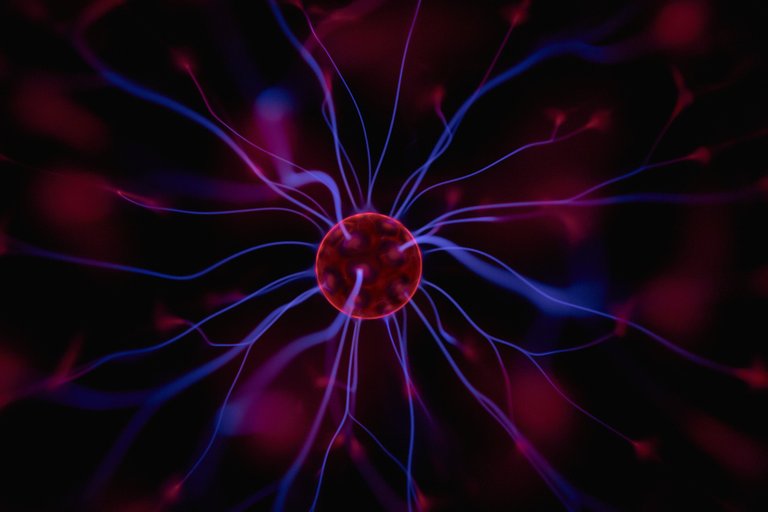Exploring Neutron Stars With Gravitational Waves
What would the inside of the densest object in the Universe look like? Gravity may give us the answer.

Image by Roy Buri from Pixabay
- Be also sure to check out my other posts and follow me @kralizec and subscribe to my Youtube channel at Kralizec Gaming Youtube Channel
Neutron stars are the remains of one of the most apocalyptic events in the Universe. Supernova explosions. They weigh the same as stars, but at the size of a regular Earth city. The matter from neutron stars is the densest and strangest material in the Universe. Just a single tea spoon of this material would weigh about 10 million tons. And most likely, it is the most durable material in the Universe.
But, sadly we do not know much about this material as – pretty obviously – we have no experience with this material. All neutron stars are far away from us. But even if they were close we would have no way to study them up close. We could only use indirect observation methods.
Geraint Pratten from the Gravitational Wave Institute at the University of Birmingham in the United Kingdom and his colleagues came us with an ingenious way to study the extreme and mysterious insides of neutron stars. They want to use gravitational waves created by a pair of neutron stars right before they collide.
Computer Simulations Help
They computer simulations show that when two neutron stars approach themselves in their last dance the extreme gravitational waves that are there right before they collide actually manage to change their shapes. As they get closer, the changes in the shape are getting larger and the shape affects how the neutron stars oscillate and thus on the properties of the gravitational waves produced by the collision – which we can detect.
Pratten and his coworkers are convinced that detailed analysis of such gravitational waves can give us a lot of interesting information about the inner structure of the material from which neutron stars are made from. Such observations are part of asteroseismology or stellar seismology which could thus become an important part of learning about neutron stars.
The new generation of gravitational observatories that should soon become reality out in space. For example, the Evolved Laser Interferometer Space Antenna (eLISA) from the European Space Agency (ESA) plans to have it start in 2034.
Sources:
- If you like the content I’m producing about science maybe you will like the content I produce about gaming as well! Be sure to check out my other posts!